The progress made in reining in emissions is not just blah-blah-blah, says Iancu Daramus
An odd ‘Baptists and bootleggers’ coalition is forming between energy veterans and ambitious climate activists. In his grandiosely titled How the World Really Works, distinguished emeritus professor Vaclav Smil says: “Three decades of large-scale international climate conferences have had no effect on the course of global CO2 emissions.” Or, as Greta Thunberg would paraphrase it: “Blah blah blah.” The idea that climate policies have been toothless is widespread. But is it true?
With atmospheric emissions at record highs, the answer would seem clear. Yet since 2015, when the Paris Agreement was signed, global annual CO2 emissions have remained roughly flat. When looking at the actual course of emissions, in now familiar language, ‘the curve is bending’.
This progress is not widely acknowledged in the climate community, let alone by the general public.
Consider that just a decade ago, the most commonly used ‘business-as-usual’ scenario put the world on track for some catastrophic 3°C to 4°C of overheating by the end of the century. Today, this outcome seems unlikely in light of the faster-than-expected progress of both policy and technology.
Existing measures and the roster of government targets and pledges, if implemented on time (admittedly, a huge if) would bring the goals of the Paris Agreement – to limit overheating to no more than 2°C – within reach.

Amid the current electoral backlash, we can envision rolling back more policies, but not the clock. The tandem of renewables and electrification and the growth of carbon pricing are trends that by now are reshaping capital allocation across industries, meaning the real question is how quickly the curve can fall, not how high it can climb.
Not long ago, it seemed that the demands of a growing global population could only be met through vastly more fossil fuels. In that same ‘business-as-usual’ scenario (RCP 8.5, in the lingo), coal use was expected to grow more than six times by 2100 compared with today.
Even cars were expected to run on fuel from coal liquefaction. Meanwhile, renewables were relegated to ruin, assumed to cost in 2050 five times as much as they do today.
Atmospheric scientists are not energy experts; when China’s coal-fuelled development model seemed the only growth game in town, one can hardly fault them for a failure of the imagination. But assumptions can ossify and, like bones, get buried away from view, particularly when scenario outputs become inputs into other parts of research, eg, a sociologist thinking about climate-driven migration.
The Intergovernmental Panel on Climate Change (IPCC), when synthesising the state of climate science, does not usually assign probabilities to the scenarios, but admits that the likelihood of RCP8.5 “is considered low in light of recent developments in the energy sector”.
Yet this extreme scenario continues to dominate the literature, including the IPCC reports, where it is mentioned twice as often as those scenarios that embody the (more likely) flat or declining emission pathways.
RCP 8.5 is still regularly presented as ‘business-as-usual’, and sits at the heart of the recent London Climate Resilience Review of the US National Climate Assessment, and in the adaptation plans of the French government.
“Without further action, things will get worse, and worryingly so. But the progress made is not just blah-blah-blah”
Iancu Daramus, sustainable investment specialist
Disguised as ‘Hot House World’, it is used by the European Central Bank (and other members of the Network for Greening the Financial Sector (NGFS), a network of central banks) to conduct climate ‘stress-tests’ of the European financial system.
In a recent study of the climate vulnerability of hospitals, it was presented as a measure of what is to happen ‘without a rapid phase out’ of fossil fuels (whereas, as we’ve seen, it would actually take an unprecedented ramp-up, beyond the wildest dreams of the most optimistic of coal barons).
Admittedly, models are not reality. Deep uncertainties persist, not least around ‘tipping points’ that could trigger self-reinforcing, non-linear mechanisms of accelerated warming that could annul any progress made so far. We will look more closely at this concerning issue in a forthcoming article.
For now, let us note that tipping points are deemed “significant […] but secondary to the larger emissions trajectory” – in other words, the speed at which we kick our carbon habit will remain the biggest driver of which warming outcome we get.
Without further action, things will get worse, and worryingly so. But the progress made is not just blah-blah-blah. Yes, the chances of the world working in perfect harmony towards net-zero emissions by 2050 are low, perhaps vanishingly so. But so are the chances of a world sinking under newfound mountains of coal. The takeaway? There is no such thing as business-as-usual.
This is the first of a series of articles by Iancu Daramus for IPE on the theme of sustainability. Daramus is a sustainable investment specialist, currently working on a book about the myths of the energy transition, Green Herrings. He has held senior sustainability roles at Fulcrum Asset Management and Legal & General Investment Management, and is one of the authors of the CFA Institute’s Certificate in ESG Investing.
[1] STEPS (Stated Policies Scenario) is primarily based off policies already implemented, APS (Announced Policies Scenario) considers pledges made by governments but not yet transposed into legislation or backed by other concrete measures, NZE (Net Zero Emissions) is a ‘normative’ scenario illustrating a pathway for the world to reach net zero emissions in line with the Paris Agreement








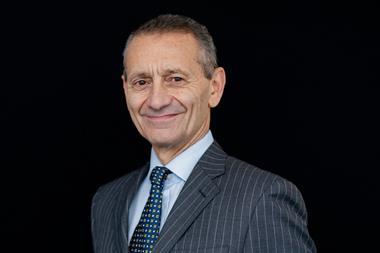
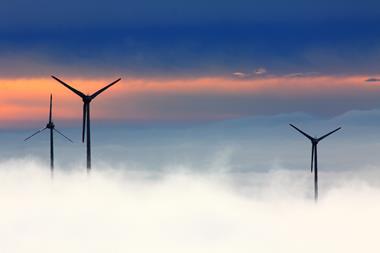

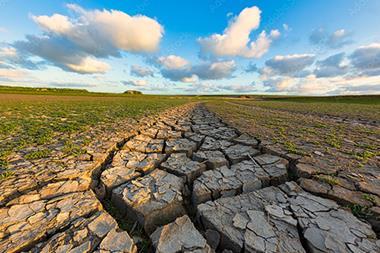



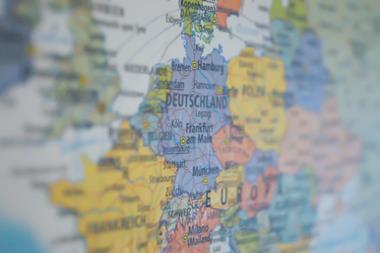


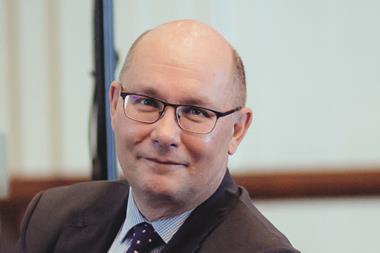

















No comments yet